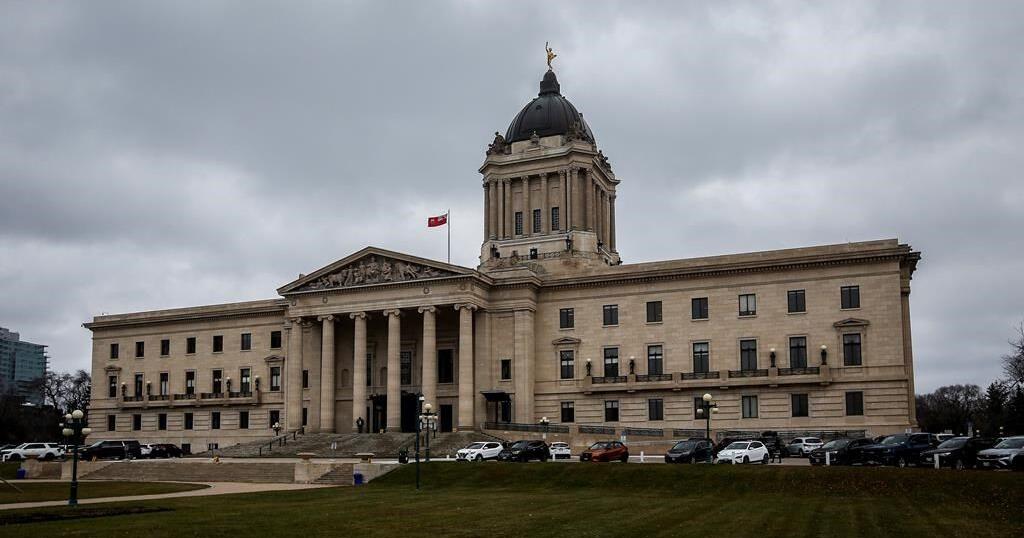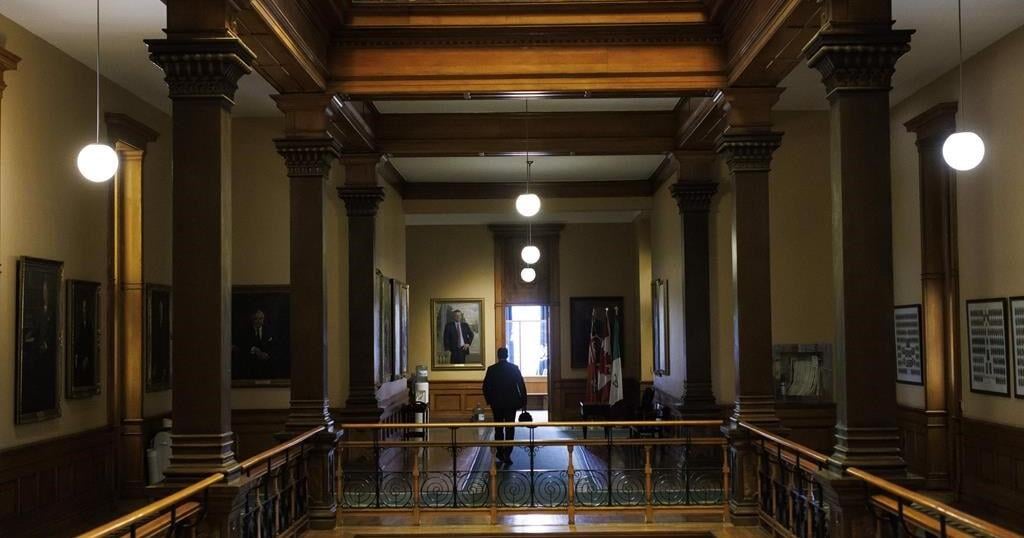Ergun, China- The National Forestry and Grassland Administration and the Ministry of Natural Resource on Tuesday released a three-year plan to protect the country’s wetlands.
A wetland refers to a natural or artificial area with stagnant water either year-round or seasonally, with significant ecological functions.
Wetlands also include coastal areas with a water depth of no more than six meters at low tide, but exclude paddy fields and expanses of water used for aquaculture and artificial breeding.
According to the plan, China will have protected 55 percent of its wetlands and added 20 wetlands of international importance and 50 wetlands of national importance by 2025.
Meanwhile, in Beijing’s suburban Miyun district, a new Earth lab simulating the carbon circulation of the planet is expected to become a new tool in China’s fight against climate change.
The lab, the first of its kind in China, will help scientists study the Earth’s atmosphere, hydrosphere, cryosphere, biosphere and lithosphere, as well as their interactions.
“With the world seeing more extreme weather caused by climate change, the Earth lab could offer important information to help policymakers design measures for mitigating the effects of climate-related disasters,” said Zhang He, a researcher with the Institute of Atmospheric Physics of the Chinese Academy of Sciences.
In addition, Yanping, a researcher at the Chinese Research Academy of Environmental Sciences said, China faces the daunting task of further growing its economy while reducing carbon emissions
“Despite its relatively low historical cumulative emissions, China has taken a resolute attitude toward reducing carbon emissions, which shows its sense of responsibility as a major country in the world,” said Li.
In recent years, Miyun has been leading the city’s green transition. All buses and taxis have gone electric, and a pilot project for net zero-emission housing has been launched.
Quzhou has also launched a carbon account system to monitor the carbon emissions of enterprises and individuals.
Based on carbon emission levels, the city classifies enterprises in four categories, dark green, light green, yellow and red with dark green indicating the lowest emissions level. Incentives are given to enterprises with low emissions.
Since China announced two years ago that it will peak carbon emissions before 2030 and strive for carbon neutrality before 2060, the country has made the realization of the dual carbon goals a priority of its long-term agenda.
This pursuit of a low-carbon future was emphasized in the report delivered by President Xi Jinping to the 20th National Congress of the Communist Party of China on Sunday in Beijing.
Related


































